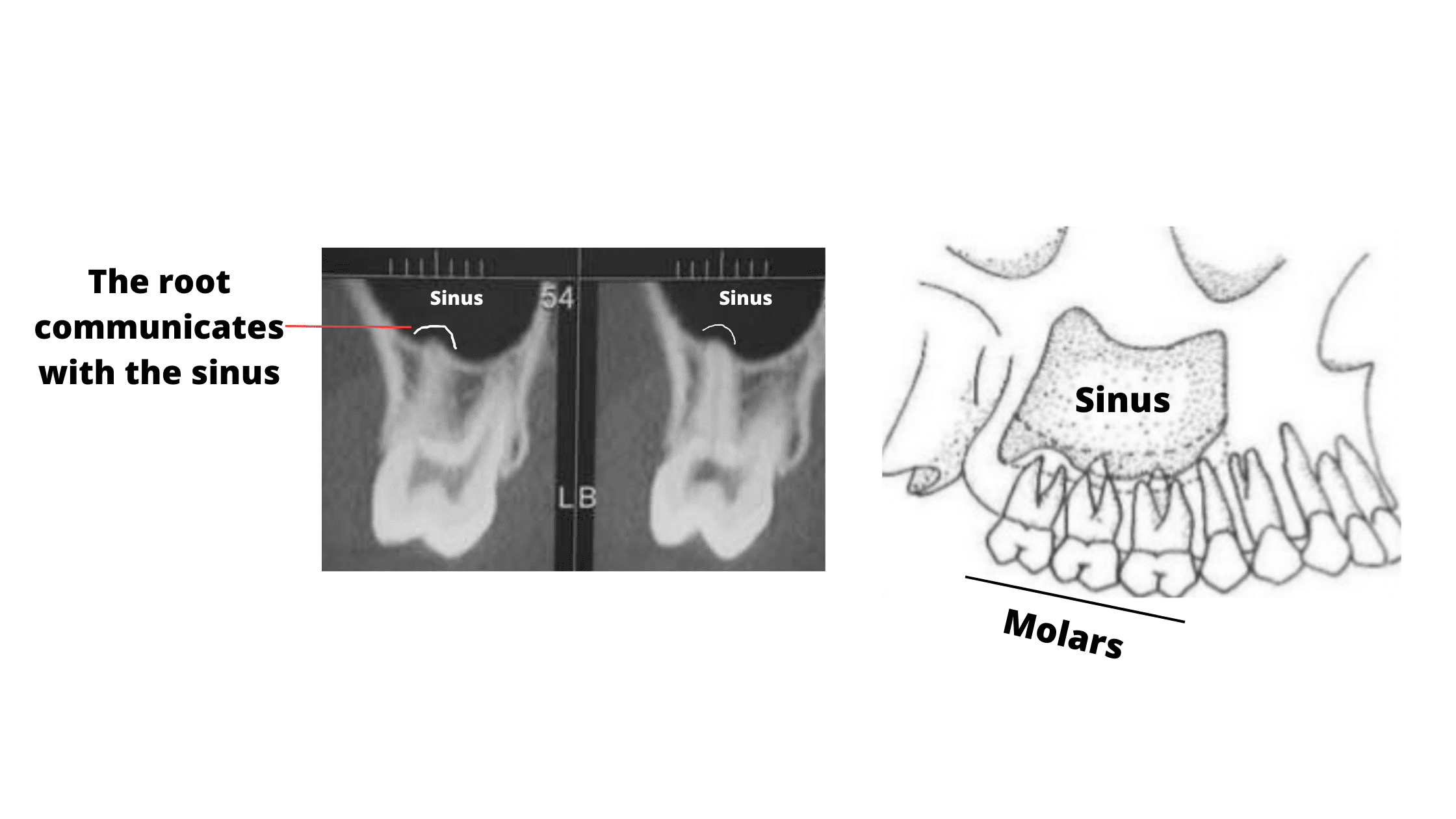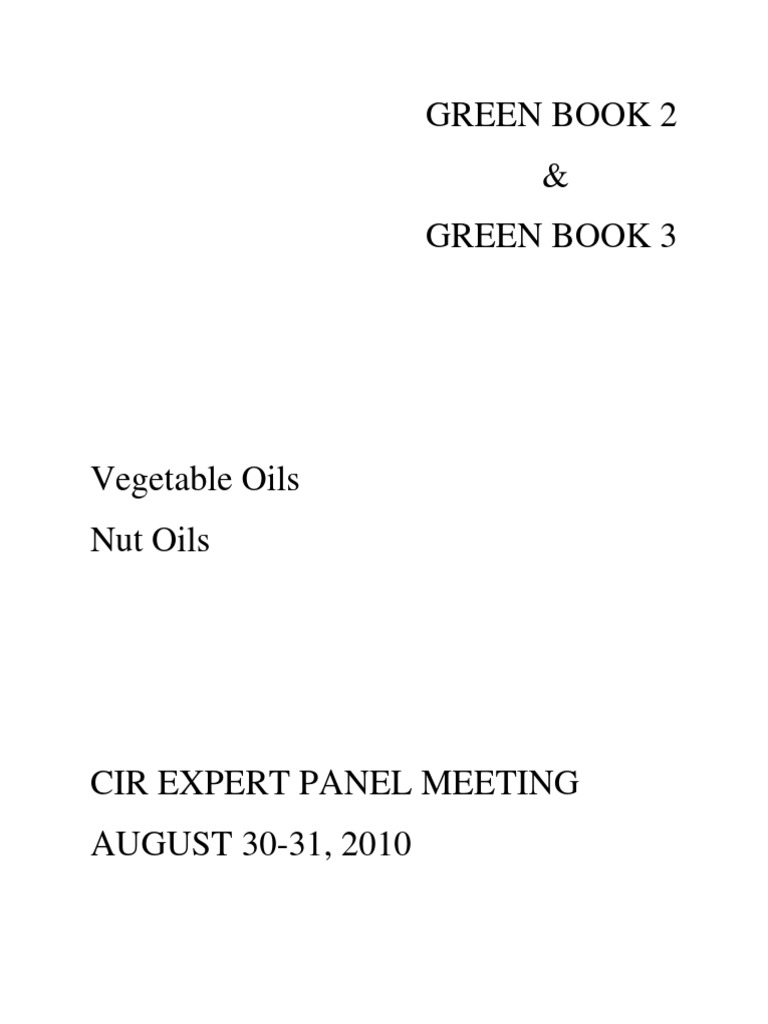10 Tooth Pulled Tips To Reduce Pain

Having a tooth pulled, also known as tooth extraction, can be a daunting experience, especially when it comes to managing the aftermath and potential pain. The procedure, although common, can leave patients with discomfort, swelling, and anxiety about the recovery process. However, with the right strategies and tips, it’s possible to significantly reduce the pain and ensure a smoother healing process. Here are 10 valuable tips to help you navigate the recovery period with less discomfort:
1. Follow Your Dentist’s Instructions
Your dentist will provide you with a set of instructions tailored to your specific needs after the extraction. These instructions may include advice on pain management, eating, and oral hygiene. Following these guidelines carefully can significantly reduce complications and pain. Remember, your dentist’s advice is based on their professional experience and your unique situation, so adhering to their recommendations is crucial for a smooth recovery.
2. Manage Pain with Medication
For most patients, over-the-counter pain relievers such as ibuprofen (Advil, Motrin IB) or acetaminophen (Tylenol) are sufficient to manage pain after a tooth extraction. However, in some cases, your dentist might prescribe a stronger medication. It’s essential to take these medications exactly as directed to avoid overdosing or underdosing. Always consult with your dentist before taking any medication, especially if you have any health conditions or take other prescriptions.
3. Apply Cold Compress
Swelling and bruising are common after a tooth extraction, especially if it was a surgical extraction. Applying a cold compress or an ice pack to the affected area can help reduce swelling and ease pain. Wrap the ice pack in a cloth to avoid direct contact with the skin, and apply it for 15-20 minutes at a time with breaks in between to avoid tissue damage.
4. Rest and Avoid Strenuous Activities
Resting and avoiding strenuous activities for at least 24 hours after the extraction can help your body recover faster and reduce the risk of complications such as dry socket. Limit your physical activities and try to avoid bending, heavy lifting, or exercise, as these can dislodge the blood clot that forms over the extraction site, leading to increased pain and delayed healing.
5. Keep Your Head Elevated
When sleeping, keep your head slightly elevated using extra pillows. This can help reduce swelling by preventing blood from rushing to the extraction site. Elevated sleeping positions can also make you more comfortable and reduce the risk of bleeding or dislodging the blood clot.
6. Eat Soft Foods
For the first few days after the extraction, stick to a diet of soft foods that are easy to chew and swallow. Examples include yogurt, scrambled eggs, mashed potatoes, and soft fruits like bananas or avocados. Avoid hot, spicy, or hard foods that can irritate the extraction site or dislodge the blood clot. Gradually introduce more solid foods into your diet as the extraction site heals and becomes less sensitive.
7. Stay Hydrated
Drinking plenty of water is crucial during the recovery period. Staying hydrated helps your body to heal faster and can also prevent dry socket. However, avoid using a straw for the first 24 hours as the sucking action can dislodge the blood clot from the extraction site. Warm soups or broths can also be soothing and provide essential nutrients during your recovery.
8. Avoid Smoking and Alcohol
Smoking and consuming alcohol can significantly delay the healing process and increase the risk of complications such as dry socket or infection. Nicotine and alcohol can constrict blood vessels, reducing blood flow to the extraction site and impairing the healing process. It’s best to avoid these substances for as long as your dentist recommends.
9. Practice Good Oral Hygiene
While it’s crucial to keep the extraction site clean, you should do so gently to avoid dislodging the blood clot. Rinse your mouth with warm salt water (1⁄2 teaspoon of salt in 8 ounces of water) several times a day, especially after meals. You can also use a soft-bristled toothbrush to clean your teeth, but avoid brushing the extraction site directly for the first 24 hours.
10. Attend Follow-Up Appointments
Your dentist may schedule follow-up appointments to check on the healing progress and remove any stitches if they were placed. Attend these appointments as scheduled, even if you feel that the healing is progressing well. These check-ups are crucial for ensuring that you’re recovering as expected and to address any potential issues early on.
Conclusion
Having a tooth pulled can be a stressful experience, but with the right mindset and strategies, you can reduce the associated pain and promote a smooth recovery. By following these tips and adhering to your dentist’s advice, you can ensure that your recovery period is as comfortable and uncomplicated as possible. Remember, every individual’s healing process can vary, so being patient and flexible during your recovery is key.
FAQ Section
How long does it take to recover from a tooth extraction?
+The recovery time from a tooth extraction can vary depending on the complexity of the procedure and the individual's health. Generally, it can take a few days to a week for the initial healing, but complete recovery may take several weeks.
Can I drive after a tooth extraction?
+It's generally recommended to avoid driving for at least 24 hours after a tooth extraction, especially if you've been given anesthesia or sedation. Your reaction times may be slowed, and it's best to ensure your safety and the safety of others on the road.
What are the signs of dry socket, and how can it be treated?
+Dry socket occurs when the blood clot that forms over the extraction site is dislodged or doesn't form properly, exposing the bone and nerve endings. Symptoms include severe pain, bad taste, and visible bone. Treatment typically involves cleaning the site and applying a medicated dressing. In some cases, pain medication may be prescribed. It's essential to contact your dentist immediately if you suspect you have dry socket.
By understanding and implementing these strategies, you can make your recovery from a tooth extraction more manageable and reduce the associated pain, ensuring a healthier and more comfortable outcome. Remember, your dentist is a valuable resource throughout this process, so don’t hesitate to reach out with any questions or concerns you may have.

